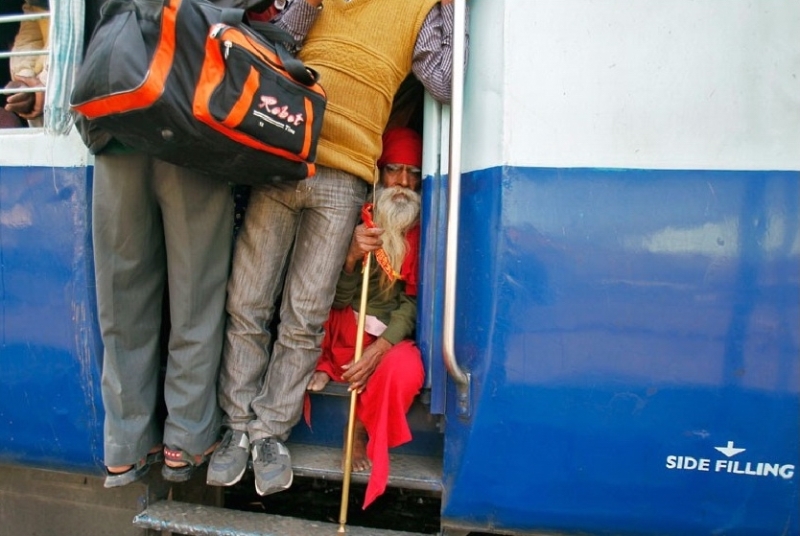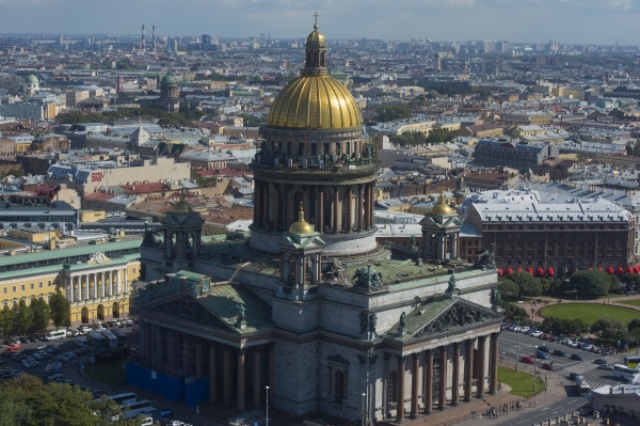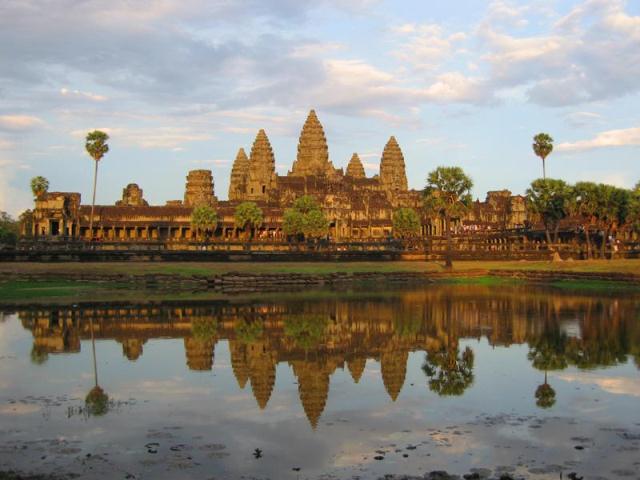How looks the railway in India today
Doubtful realities of everyday life for local residents and an amazing tourist attraction – Indian railways have long been a byword, a firm faces the country. Face, which can dissolve in history.
Ever happened to you on a summer morning to storm lobbies domestic commuter trains comprising strong cohort Truckers? So, for the Indian Railways is the fasting day. Photos of the roofs which are dotted with passengers landing procedures at the station when the travelers with their wallets in their hands get into the car through the window a long time conquered the world see their tragicomic madness. Despite the fact that the situation with the passenger traffic on the rails and sleepers in neighboring Bangladesh or some Mexico looks no better plastered train people that we associate with it is the birthplace of Gandhi. And, oddly enough, these associations attract tourists – a trip from Mumbai to Delhi can become a truly memorable experience, to turn into a scattering of bright impressions. And this madness can disappear forever if plans to modernize the rail link from the Indian authorities and to materialize.
Nicknamed the “lifeline of the nation” because of widespread dissemination, Indian Railways has not changed since colonial times. Over the past sixty years the length of railways increased by less than ten thousand kilometers, approximately 15%. But during this time of great change in India, and is now inherited from the British transport system, decrepit, outdated, not only physically but also mentally, to be transported 23 million people daily. One Mumbai Suburban Railway delivers to the destination of more than six million people a day. You can describe it in one word – collapse.
In the modernization of rail transport in the near future, the Indian authorities plan to invest a considerable sum of ten billion dollars. Funds will be used, as it is declared to improve the comfort and cleanliness of trains. And in time. Worn cars here have long been more like mobile sheds with the seats, and they are also sorely lacking in order to meet the demand. But it is – as a consequence, the cornerstone Indian railway authorities puts safety. And no wonder, given that the movement of trains here annually takes the lives of fifteen thousand people (the local media call this sad statistics not otherwise massacre). Only suburban lines of Mumbai every day along paths collected “harvest” of a dozen passengers, dropped out of the crowded trains.
Many are suffering and wild Asian elephants, who hang on the rails with very sad for yourself and train consequences. Reduce the number of people and animals dying under locomotives must equip unregulated, despite the dense traffic, railway crossings and the introduction of speed limits on certain particularly dangerous sections. Today, at least, on the lines of the big cities, in the windows of cars are lattice and train stations do not give people climb onto the roof. But these measures until the security is not enough – the Indians continue to hang in the doorway between the cars, jumping from train to train almost on the fly.
If reform in passenger rail transport in India are successful, the pictures scored the eyeballs shabby cars can go into the past. But they can stay – corruption and bureaucracy in this country, we can say Aki sacred cows. And quite possibly you in ten years will be able to ride with the wind and adrenaline in the blood on the roof of the train on the Kalka-Shimla highlands.






